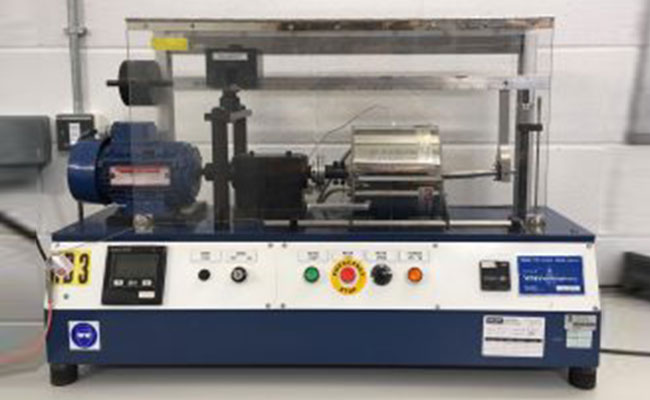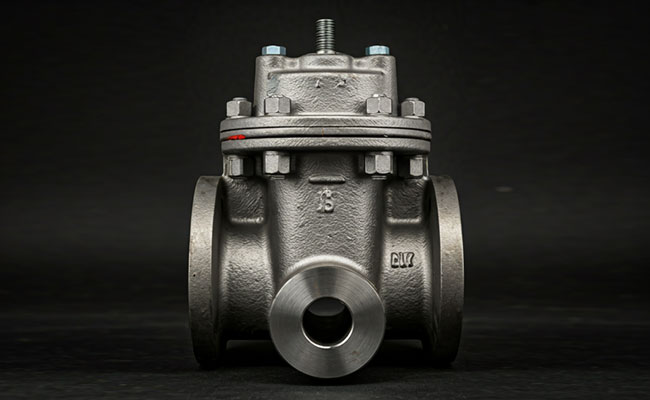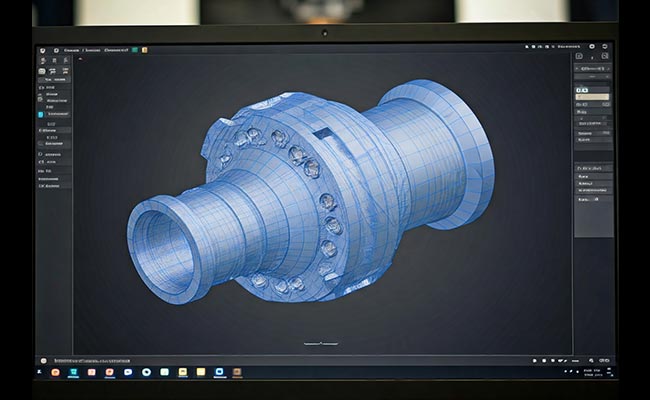
Understanding Metal Fatigue Resistance: Key Concepts, Mechanisms, and Applications part I
2024-12-02
Advantages of Recycling in Metal Casting
2024-12-16Understanding Metal Fatigue Resistance: Key Concepts, Mechanisms, and Applications part II

Improving Metal Fatigue Resistance
Enhancing metal fatigue resistance is a priority in engineering design and manufacturing. Key methods for improving fatigue resistance include:
Alloying and Heat Treatment: Adjusting the alloy composition and applying heat treatments like tempering or annealing can improve the metal’s microstructure, making it more resistant to fatigue.
Surface Treatments: Processes such as carburizing, nitriding, and shot peening create a compressive residual stress layer on the metal’s surface, inhibiting crack initiation and propagation.
Design Optimization: Reducing stress concentrations in designs—like avoiding sharp corners, using smooth transitions, and optimizing geometries—can mitigate fatigue risks.
Fatigue Testing and Simulation: Advanced simulation and testing methods help engineers predict how materials will behave under cyclic loads, allowing them to select materials and designs that maximize fatigue resistance.
Applications and Real-World Implications
Metal fatigue resistance is critical in numerous applications:
Aerospace: Aircraft components like wings, fuselages, and landing gear endure high cyclic stresses. Lightweight, fatigue-resistant materials like titanium alloys are preferred for safety and durability.
Automotive: Suspension systems, engine parts, and frames face constant stresses from road vibrations. Advanced steels and aluminum alloys are often selected for their fatigue resistance.
Infrastructure: Bridges, cranes, and offshore platforms rely on fatigue-resistant steel to withstand environmental loads over decades of service.
Energy Sector: Wind turbines and gas turbines are subject to constant stress cycles, necessitating materials with high fatigue and thermal resistance.
Conclusion
Metal fatigue resistance is fundamental to designing safe and long-lasting structures and components across various industries. By understanding the mechanisms of fatigue, optimizing material selection, and employing preventive strategies, engineers can significantly extend the life of metallic components and reduce the risk of unexpected failures. With advances in materials science, including the development of high-performance alloys and protective treatments, the future promises even greater resilience in metal structures and systems.



